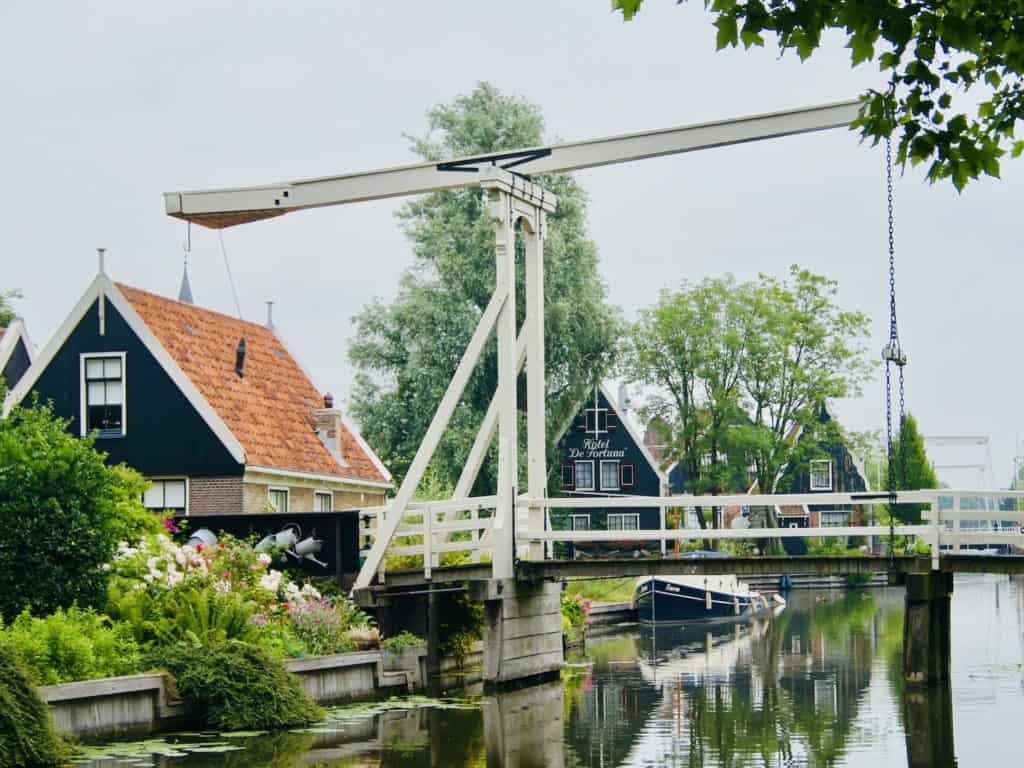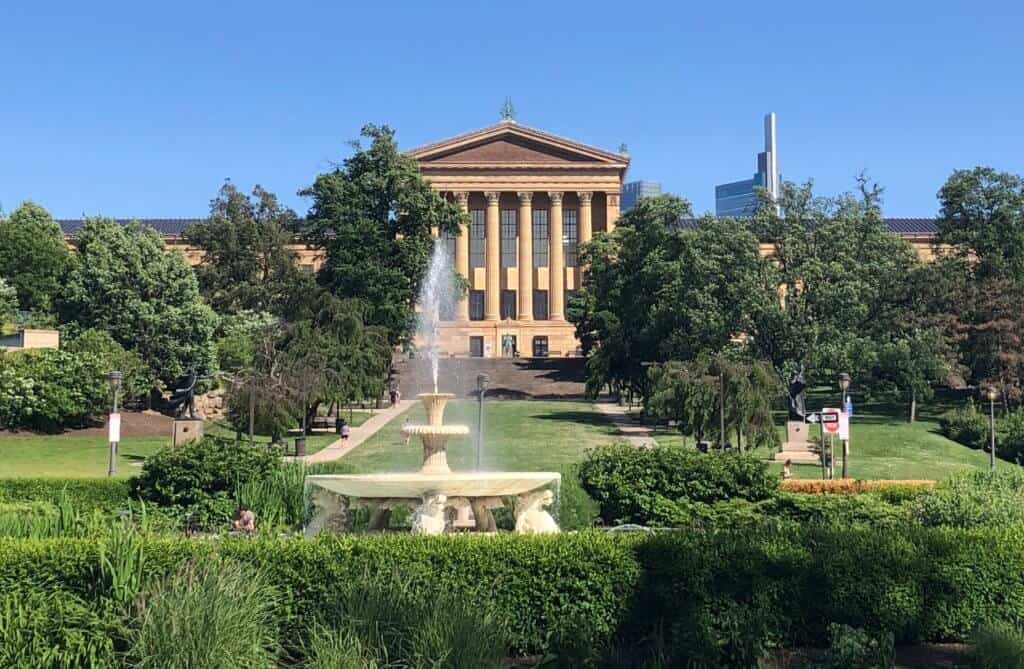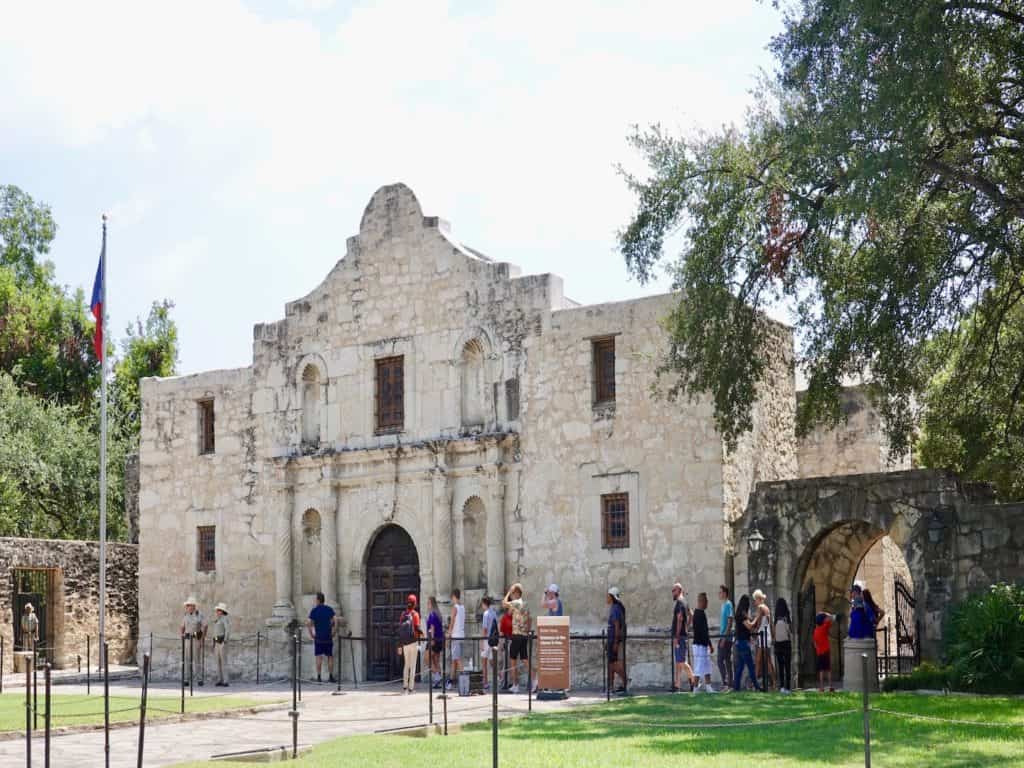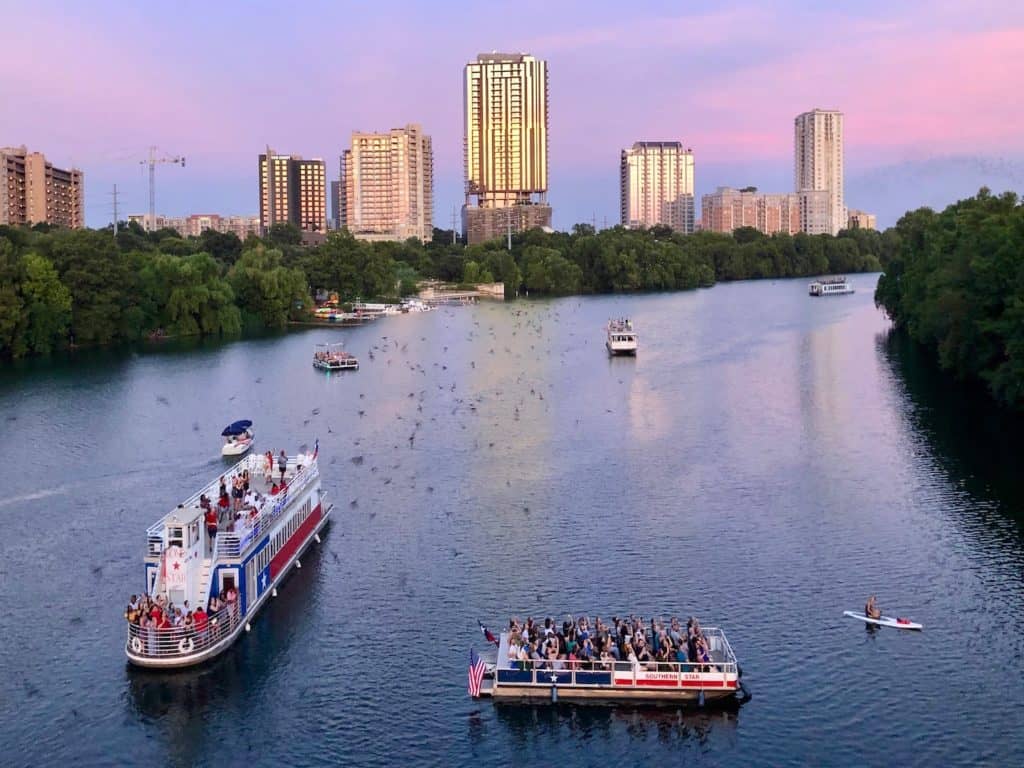St. Augustine is the oldest continuously occupied European settlement in the U.S., dating to 1565, and to this day is an inviting place, attracting many visitors. It packs a lot of history into a relatively small geographical footprint. St. Augustine is not just another historical site in the United States. In fact, it was settled decades before the English arrived in Jamestown, Virginia, or the Pilgrims landed in Plymouth, Massachusetts. There is plenty to see and do in this beautiful town. Explore its rich history; marvel at the interesting architectural features adorning Spanish-colonial buildings; walk through the centuries-old coquina stone fort and various historical buildings; browse the art galleries; and enjoy the town’s restaurants, watering holes, and shops.
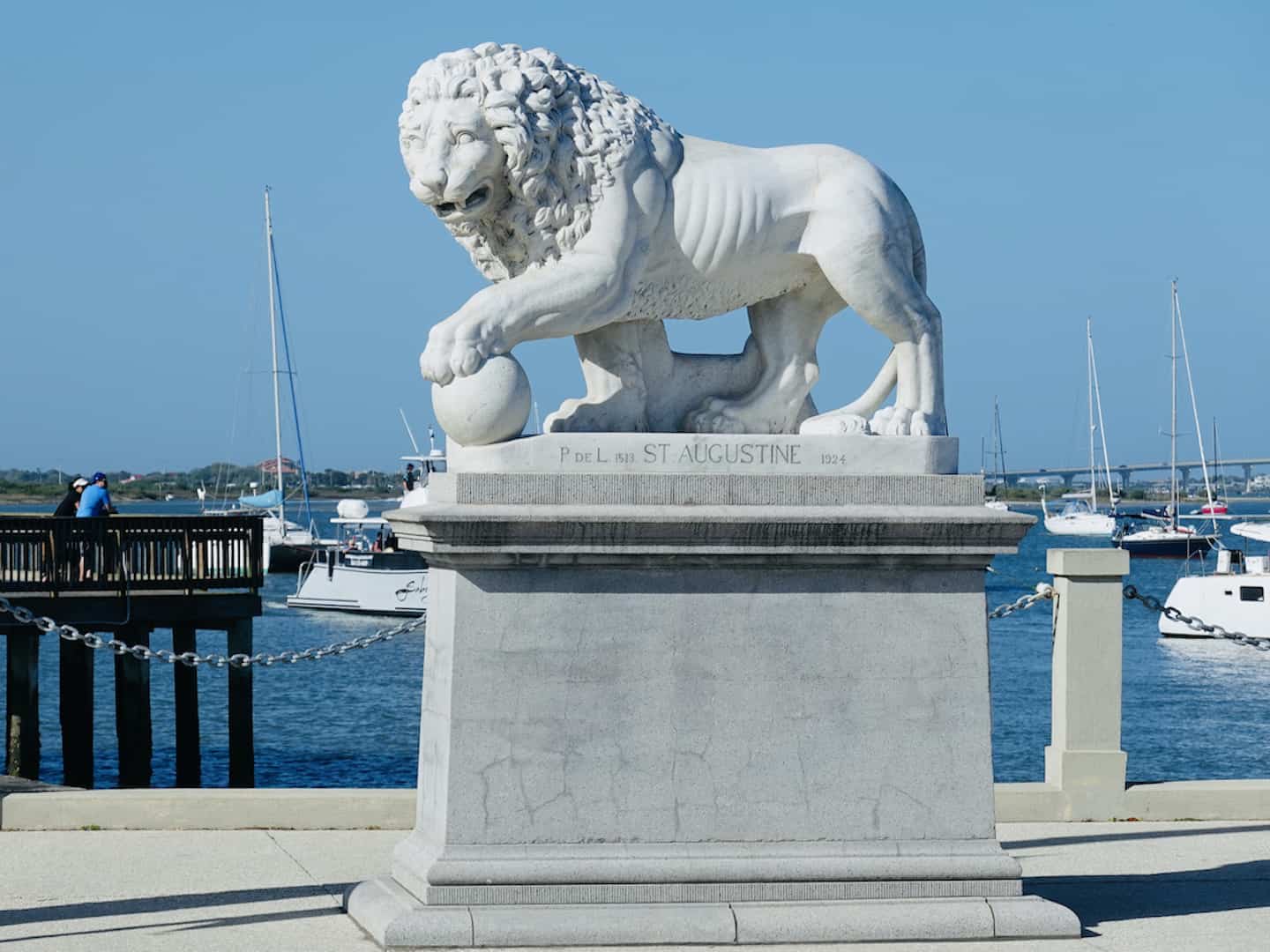
Itinerary for 3 Days in St. Augustine
There’s so much to see and do in St. Augustine. Below is a suggested itinerary for 3 days in this gorgeous historical city. The places are clustered below by location, so you won’t spend too much time getting from one place to another. Note: On Day 2, the St. Augustine Lighthouse is a few miles from the historic downtown, where most key sights are. We used our rental car that day to get to the lighthouse and then back to the downtown area.
Day 1
- Castillo de San Marcos
- Pirate & Treasure Museum
- Colonial Quarter
- Oldest Wooden School House
- Old City Gate
- Peña-Peck House
Day 2
- St. Augustine Lighthouse
- Plaza de la Constitución
- Flagler College Historical Tour
- San Sebastian Winery
- St Augustine Distillery
- Whetstone Chocolate Factory
Day 3
- Lightner Museum
- Lunch at Cafe Alcazar (inside the Lightner Museum in the former swimming pool of a hotel)
- Gonzalez-Alvarez House (Oldest House)
- Walk through Historic St. Augustine (any day)
- Anything else you want to see, like a drive down the coast (Route A1A) to Fort Matanzas or one of the beaches.
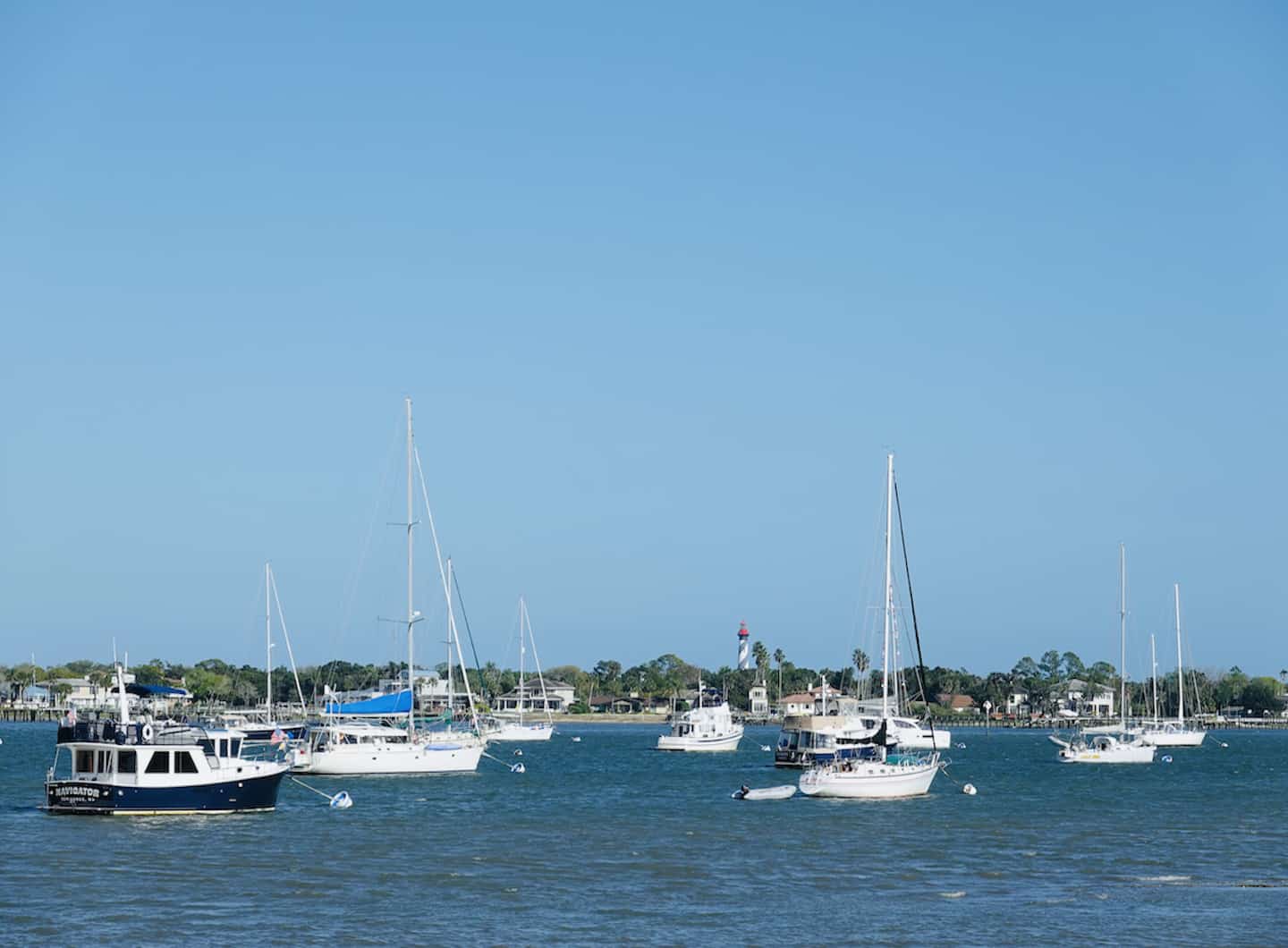
Most Popular Things to See and Do in St. Augustine
Some of the best sites to visit in St. Augustine are detailed in alphabetical order.
** The sites in this section are located in and around downtown St. Augustine. **
Castillo de San Marcos National Monument
During their occupation of St. Augustine, the Spanish built a succession of wooden forts to protect their settlement here as well as the trade route from the Caribbean and Central America back to Spain. Those early forts did not stand up well to enemy attacks. But Castillo de San Marcos, constructed between 1672 and 1695, proved an asset to the Spanish. Constructed largely of coquina stone (composed of small bits of seashells), the fort stood up to enemy aggression. In fact, in the early 1700s, the English forces tried to take the fort, but the coquina stone walls actually absorbed the shock of cannon balls, protecting the structure and those inside. Subsequent attacks were similarly foiled thanks to this unique local building material.
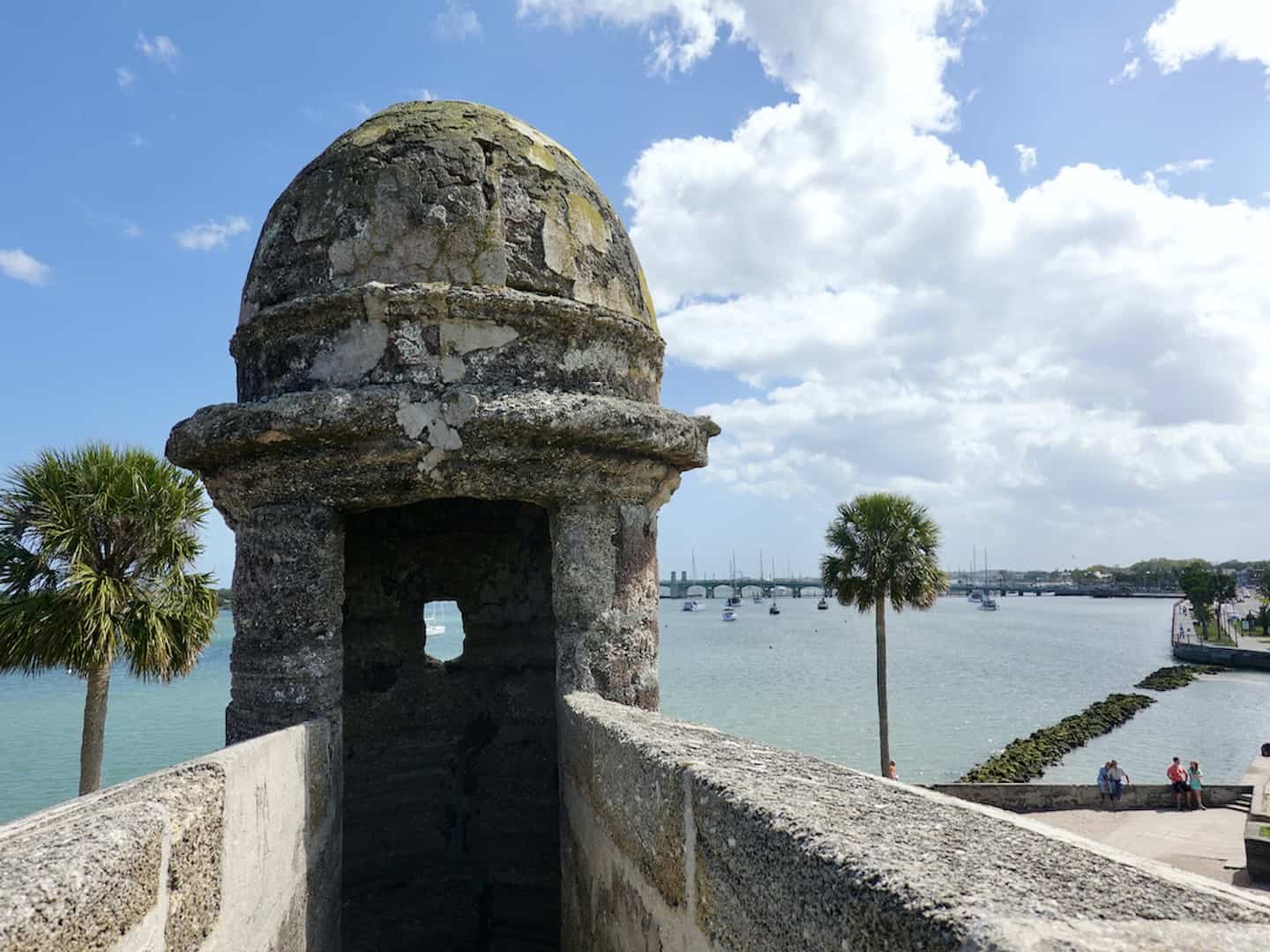
Take a self-guided tour using the Castillo de San Marcos app and/or map, stop to read informational signs, and talk with park rangers to learn as much as you want about the fort and its role in history.
Several interior areas are staged historically, and informational signage helps visitors understand what they’re viewing. You’ll see carvings that Spanish soldiers and Apache prisoners made on the limestone walls. And you’ll gain a richer understanding of what life was like here for those who inhabited it over the years. Walk up the steps to the terreplein, the elevated area from where cannons and mortars were staged, and you’ll see the heavy guns as well as commanding views of Matanzas Bay and St. Augustine. Walk outside in the (now grassy) moat to view the fort’s exterior and take in close-up views of the bay. 1 S Castillo Drive
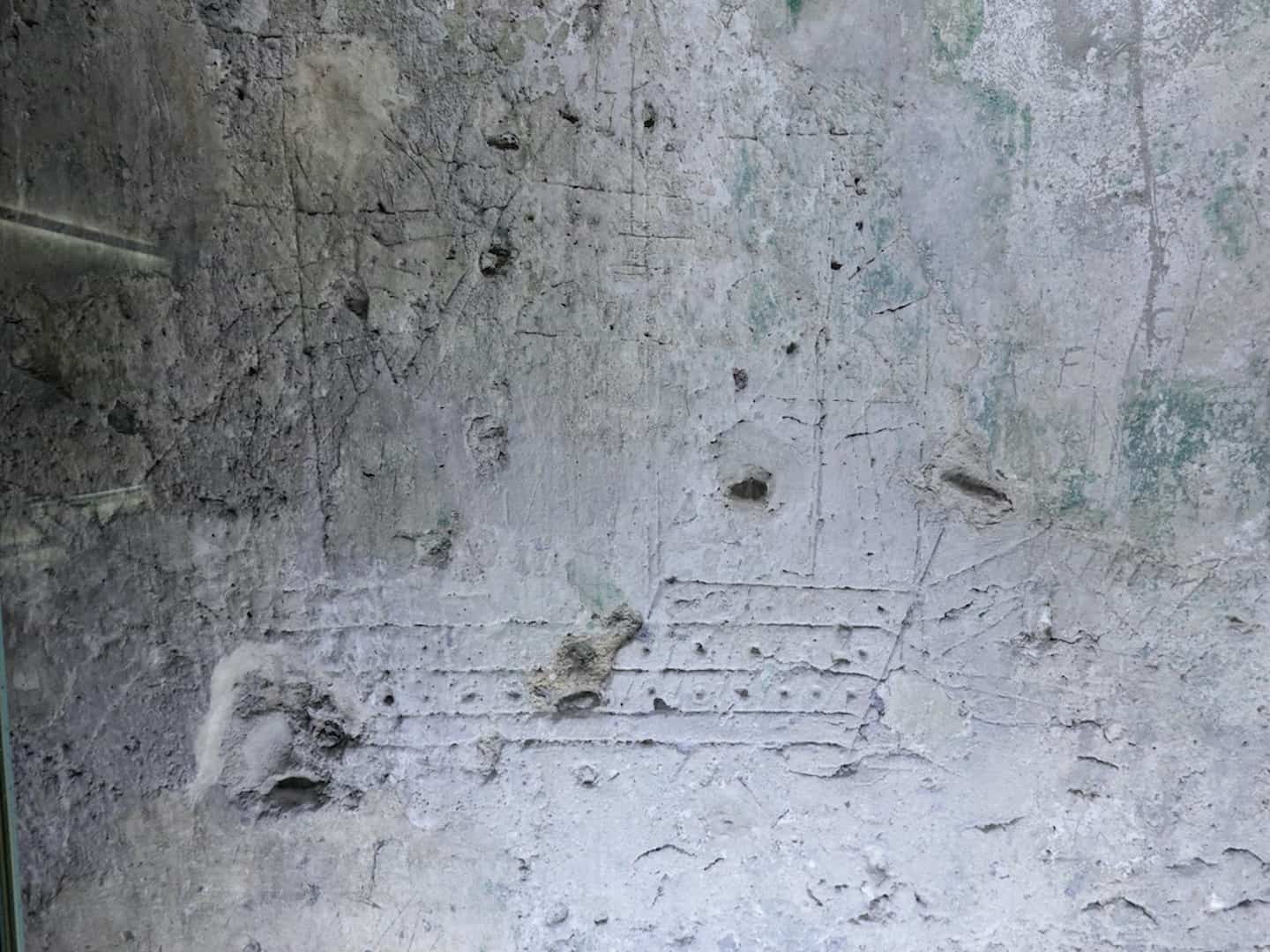
Colonial Quarter
Wander back a few centuries to learn more about what life was like for all the people — a diverse population — who inhabited this area in the 16th-18th centuries. Guided tours of the buildings and grounds help visitors gain an appreciation for the past and include some live demonstrations, including blacksmithing and musket firing. Climb the wooden watchtower to catch views of the Castillo de San Marcos and Matanzas Bay. 33 St. George St
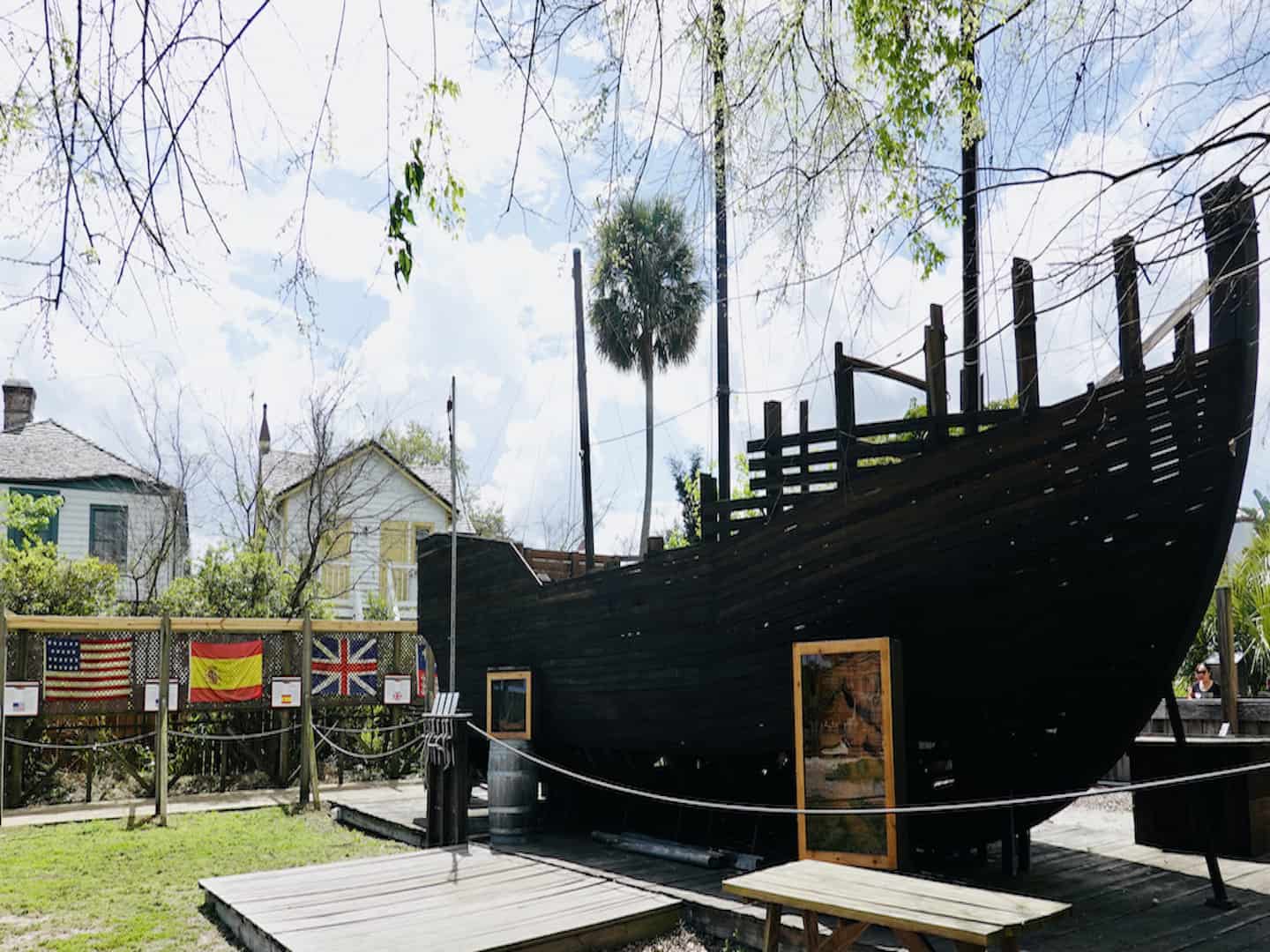
Flagler College
Built in the late 1800s as a high-end retreat for winter-weary affluent folks from points north, the 450-room Hotel Ponce de León went on to serve as a Coast Guard training site in the early 1940s. It eventually became Flagler College, a four-year college with an enrollment of around 3,600 students. Notable dignitaries and presidents stayed at this exclusive Gilded Age hotel in its heyday. Today, college students live and study here.
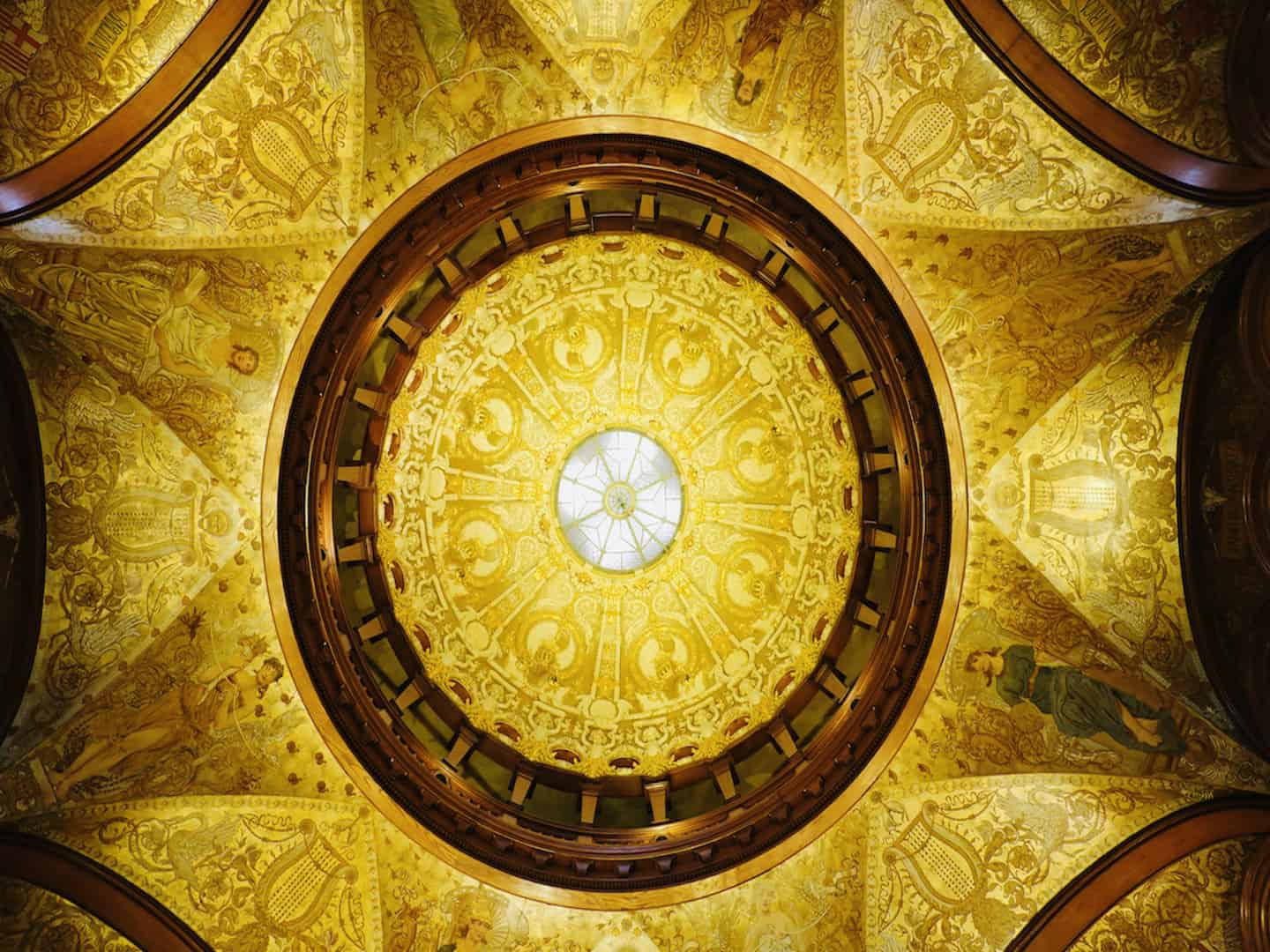
Historical tours of the hotel/college are available (it’s best to book in advance online) and are highly recommended. On the tour, you’ll gain a better understanding of Henry Flagler, his ambitions, family life, and the symbolism found in the building of what was once a jewel for the elite. Mr. Flagler did much to transform St. Augustine’s infrastructure and landscape. If time doesn’t allow for the one-hour tour, stop in to at least take in the ornate rotunda with an 80-foot high dome in the lobby. It was listed in the National Register of Historic Places in 1975. 74 King Street
Gonzalez-Alvarez House (The Oldest House)
Built in the early 1700s, the Gonzalez-Alvarez House is the oldest surviving residential structure in the city. When taking the informative guided tour of the historically furnished house, you’ll learn about the families who lived here, how they made their livings, and what each successive homeowner did to improve the structure. In addition to the guided tour, there is a self-guided portion in other buildings on the property, including an extensive display of old maps of Florida and a space that offers information about surfing. Expect to spend about 60-90 minutes here. 14 St. Francis Street
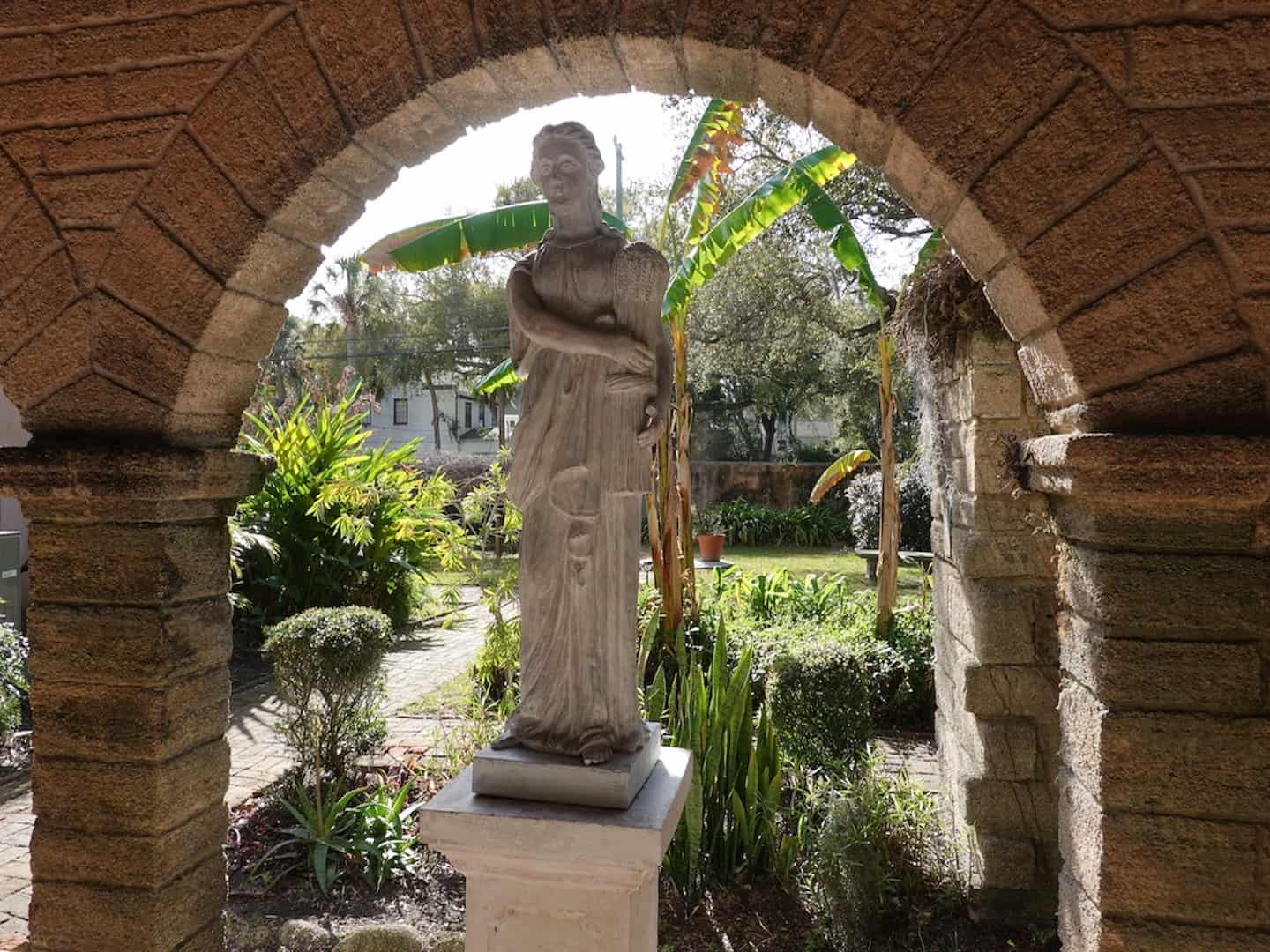
Lightner Museum
Henry Flagler built this property in 1888. It was a prominent Gilded Age resort hotel, The Alcazar Hotel, and boasted a casino, ballroom, tennis courts, spa, indoor swimming pool, and other sought-after amenities of the age. In time, however, traveler demand for it (and the Hotel Ponce de León across the street) decreased in part because of the advent of World War I and changing consumer tastes. The Alcazar Hotel ended its run in 1931. Then in 1947, Chicago publisher Otto Lightner saw an opportunity to display his varied collections of items here and transformed the hotel into the Lightner Museum.
Today, the Lightner Museum is a unique repository of art, collectibles, historic furnishings, and artifacts. This is not your run-of-the-mill museum, and that’s because of its benefactor’s hobbies and interests, including Victorian glassware, early mechanized musical instruments, Gilded Age furniture that once graced homes, and even an Egyptian mummy. In addition to viewing the museum’s collections, visitors can appreciate the architecture of the building itself and view some of the former spa’s spaces, like the Turkish baths and the vast swimming pool surrounded by several levels of balconies. At the corner of King Street and Cordova Street
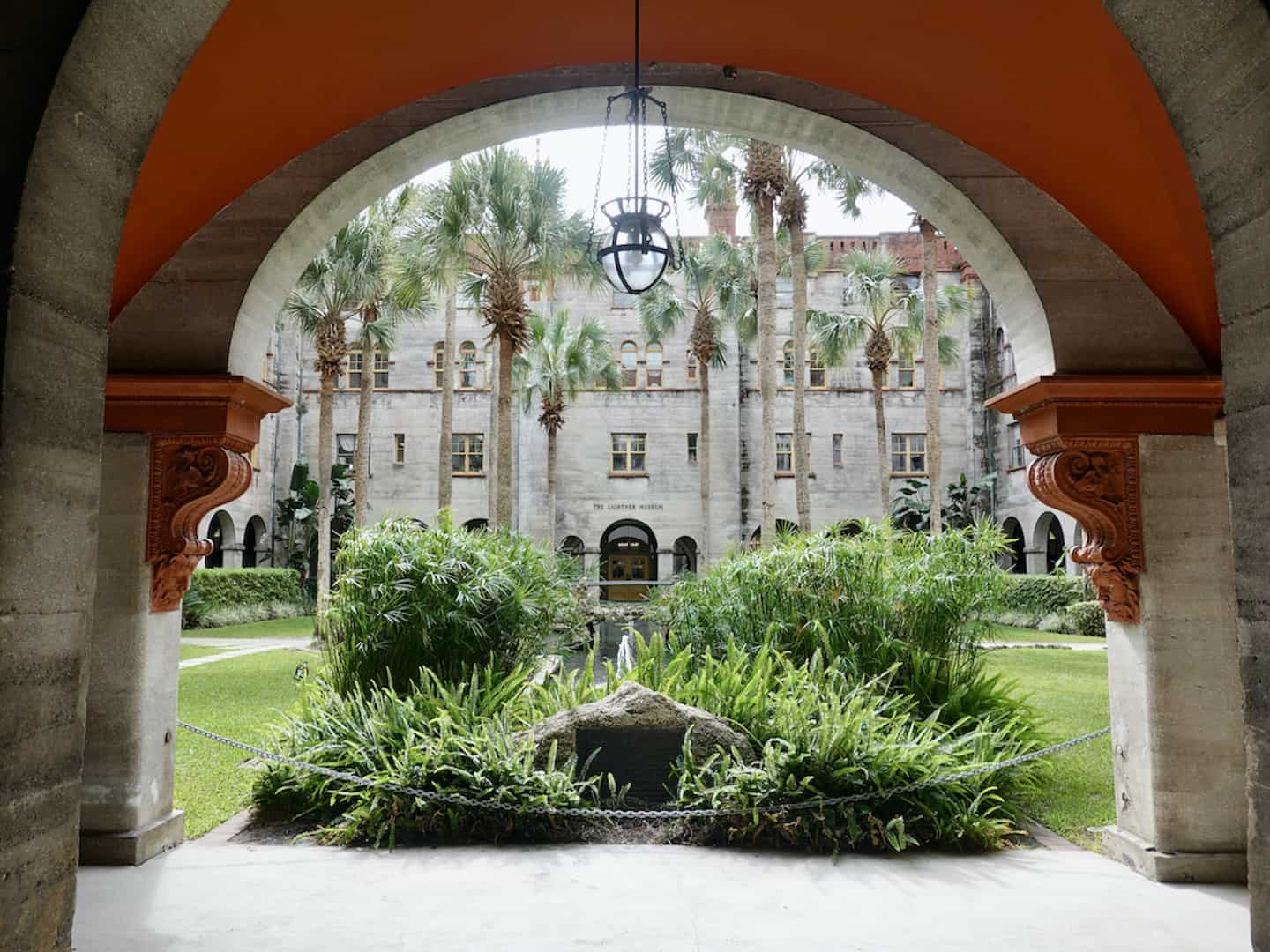
Lunch at Café Alcazar
Do yourself a favor and enjoy a unique experience: relax over lunch at the Café Alcazar. Your luncheon spot will actually be in the deep end of the (now empty) indoor swimming pool in what was once The Alcazar Hotel. The largest indoor pool of its time, it was 120 feet long and 50 feet wide. Three levels of balconies surround the space. Informational signs help to add context to this massive space. Call Café Alcazar to reserve a table.
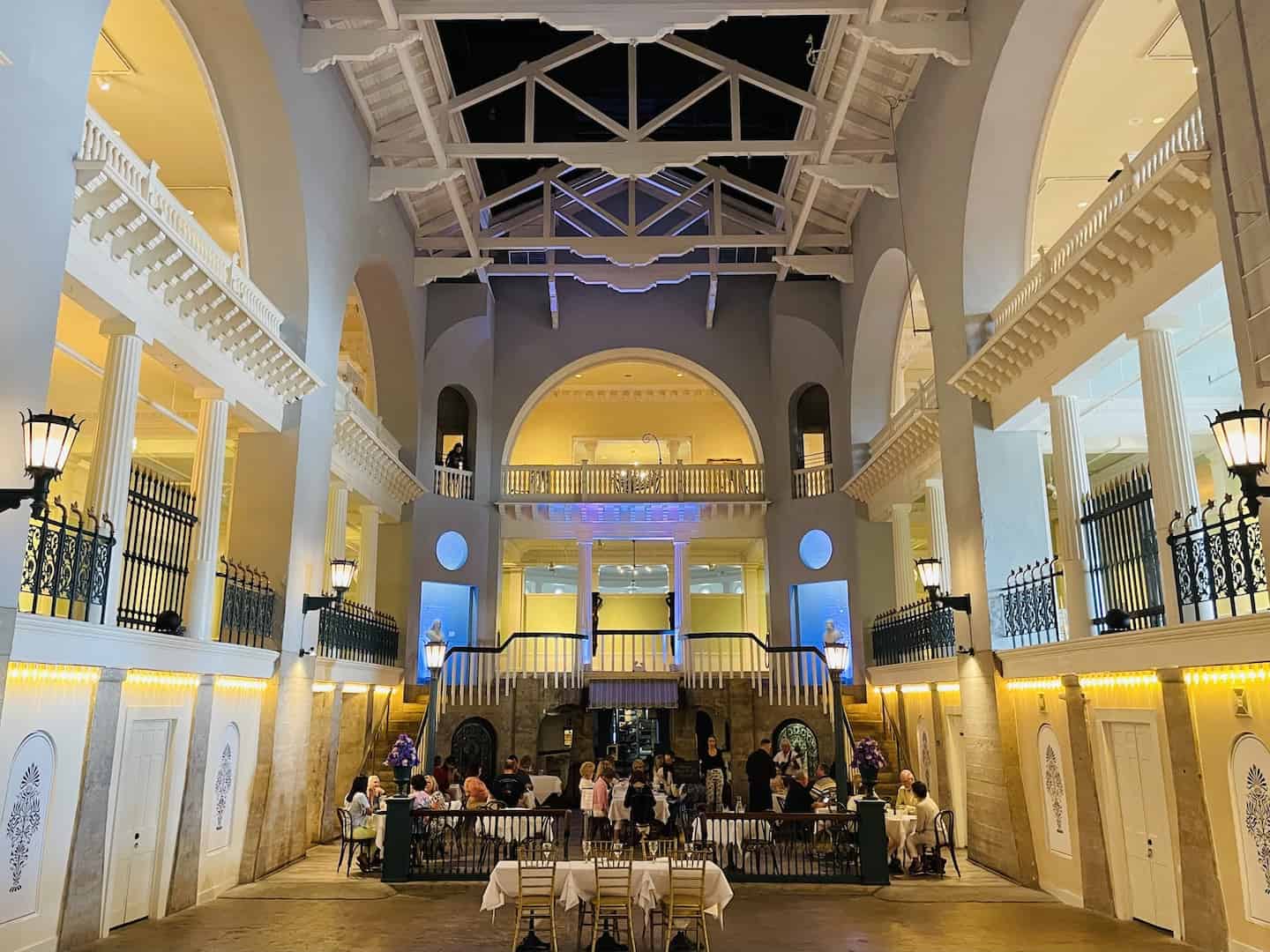
Old City Gate
At the end of St. George Street, the Old City Gate dates to 1808. At one time, this was the only way to get into St. Augustine since it was a fortified community.
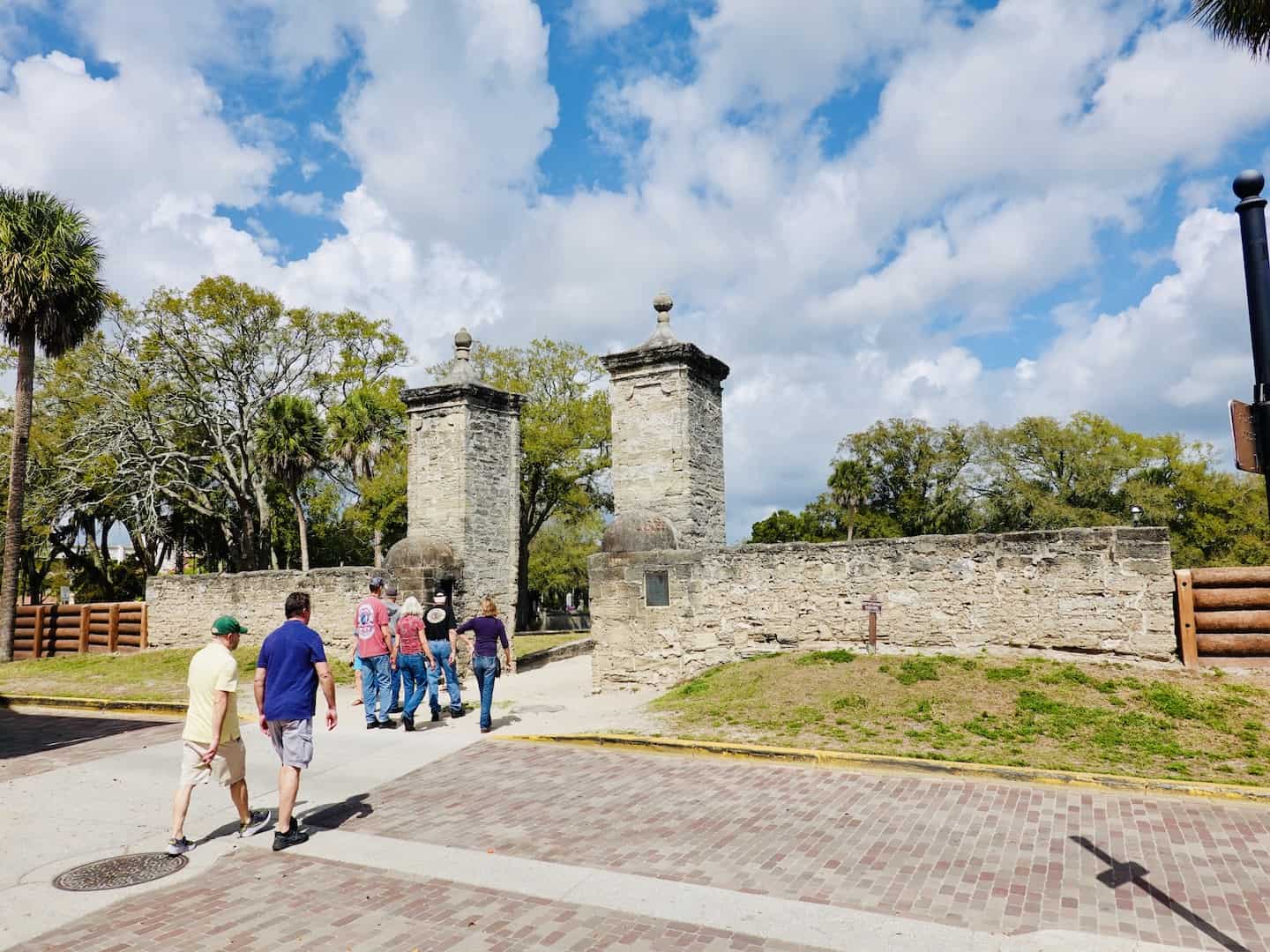
Oldest Wooden School House
Dating to the late 1700s and located near the Old City Gate, the Oldest Wooden School House is believed to be the oldest wooden schoolhouse in the country. Visitors can visit the schoolhouse and its gardens. 14 St. George St.
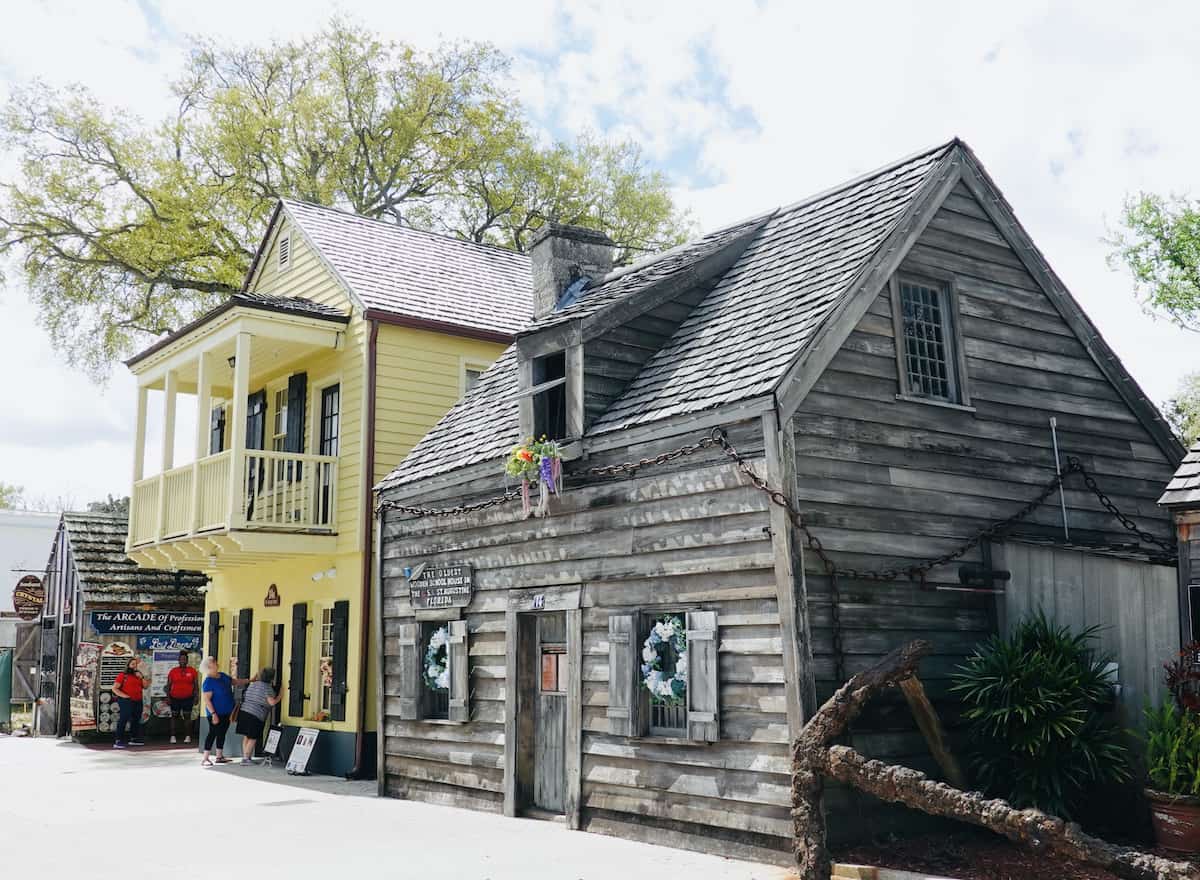
Peña-Peck House
A coquina stone house built in the mid-1700s, the Peña-Peck House was the home of Spanish Royal Treasurer Juan Estevan de Peña and his family. Occupancy changed hands several times as Florida switched from Spanish to British and then to Spanish occupation again. Later, Dr. Seth Peck and his family lived here and made additions to the home. Tours are offered. 143 St. George Street
Plaza de la Constitución
The Plaza de la Constitución is a large green space in St. Augustine’s historic district. Here stands a statue of Spanish explorer Juan Ponce de León, who arrived in Florida in the early 1500s. In the northeast corner of the property is the original site of a watch tower used by the Spanish. The British later built a market here; the foundation, roof, and pillars still stand.
In the northwest area of the Plaza de la Constitución is the Cathedral Basilica of St. Augustine. Constructed in the late 1700s, its original congregation was formed about two centuries earlier.
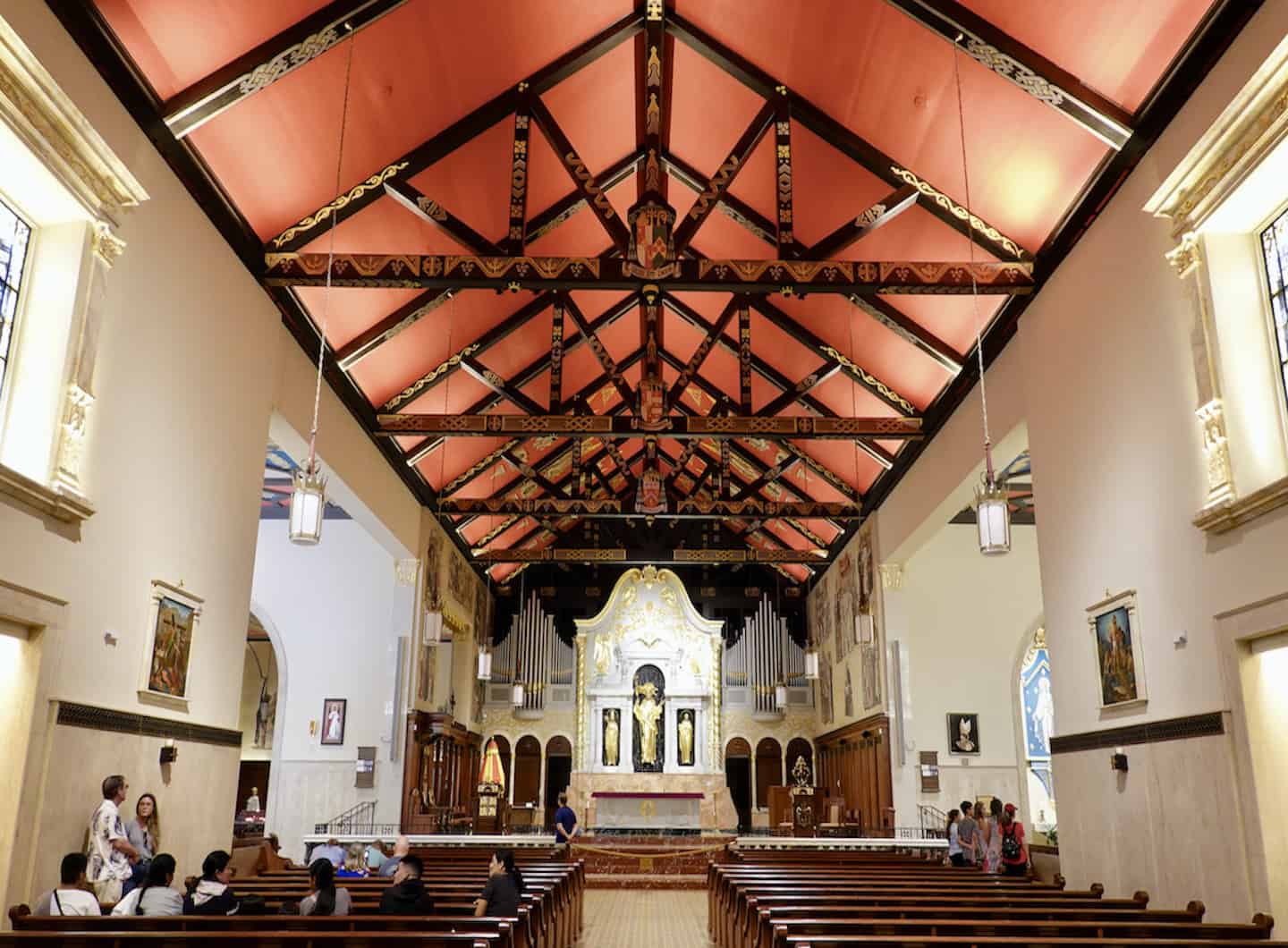
On the western edge of the park is the Government House Cultural Center and Museum, which is managed by the University of Florida. It has been the site of government offices of one type or another since 1598. Today’s building was renovated in the 21st century. Step inside today, and you’ll be greeted with displays highlighting local history.
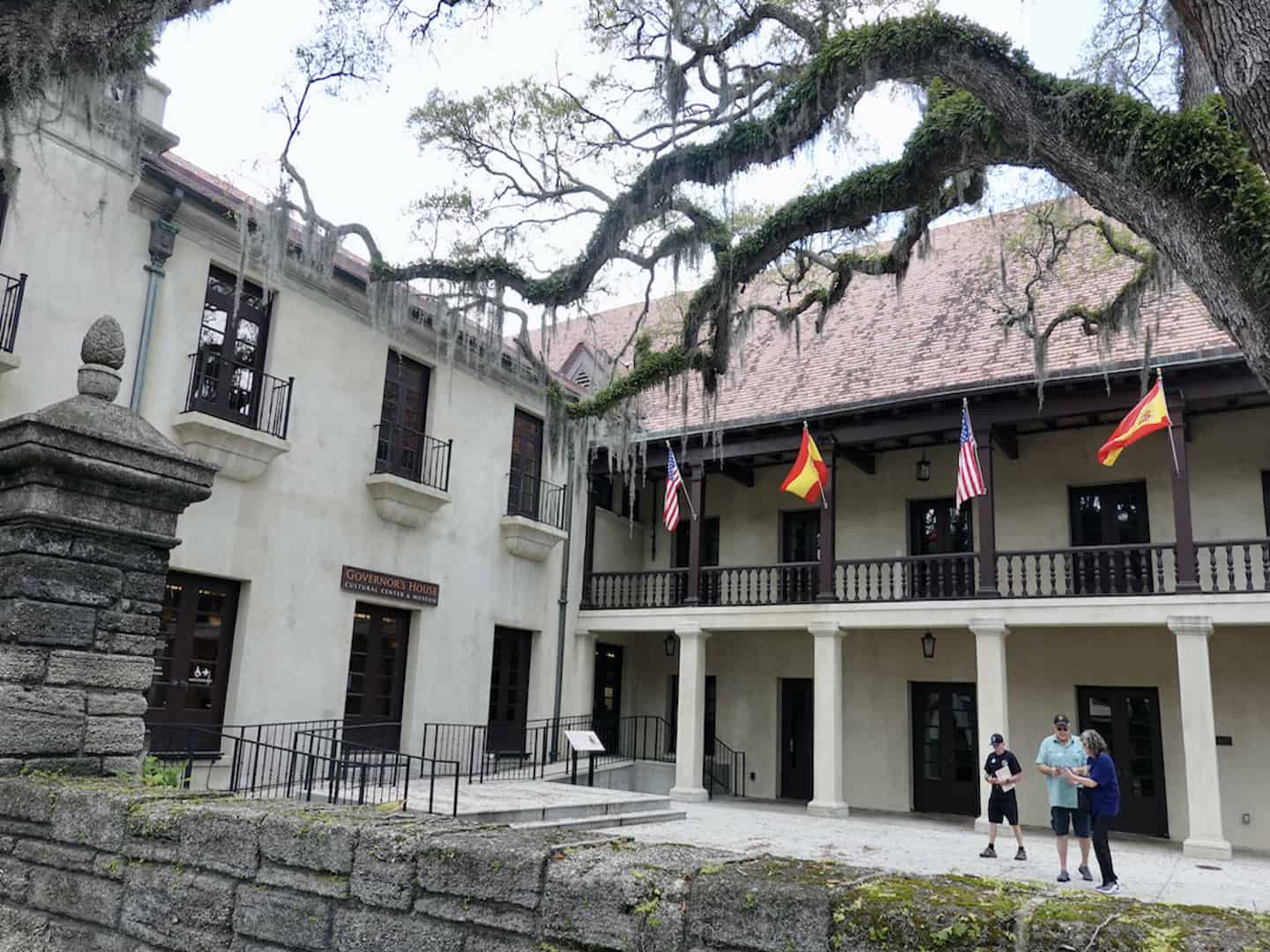
San Sebastian Winery
San Sebastian Winery, located in one of Henry Flagler’s former railroad buildings, is a landmark for its history and wines. Tours include wine tastings. Live music, small bites, and city views are a treat on the rooftop; check online for rooftop event information. 157 King Street
St. Augustine Distillery
Right around the corner from San Sebastian Winery is the St. Augustine Distillery, which offers bourbon, gin, vodka, and rum. The self-guided tours lead visitors through the distillery to see different areas (including the production area and the bottling room) while enjoying tastings. 112 Riberia Street
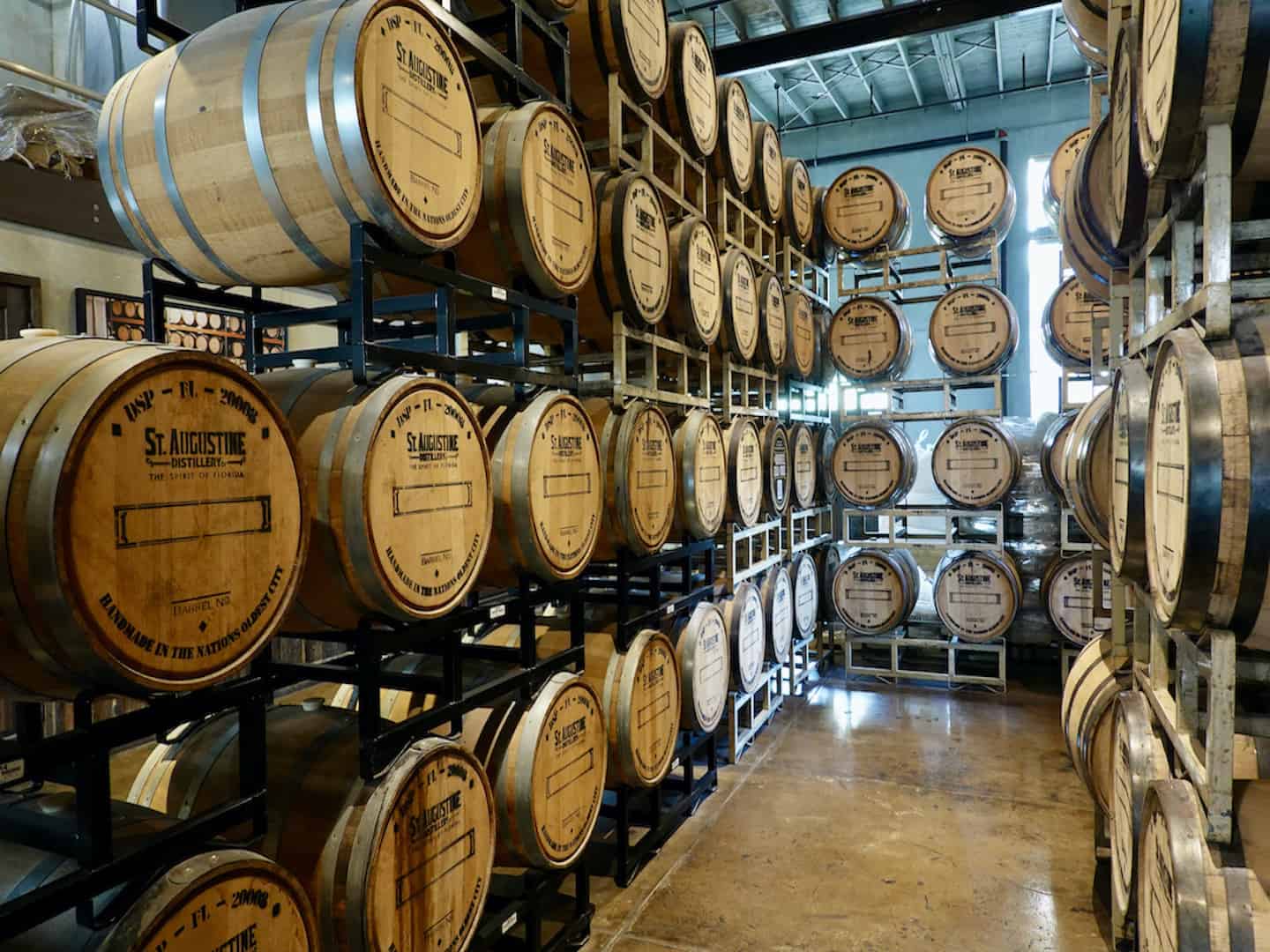
St. Augustine Pirate & Treasure Museum
The St. Augustine Pirate and Treasure Museum has something for people of all ages. There are artifacts and information relating to early navigation instruments, cartography, the logging of ships’ activities, and of course, pirates’ roles and activities during this time. Piracy was rampant in the area because it was the watery trade highway from Europe and Africa to North America and South America. Ships passed not far from the coast of Florida on those early voyages. (Don’t be fooled by the name of this museum. At first, I was a bit leery, but the museum displays a lot of interesting artifacts.) 12 S. Castillo Drive.
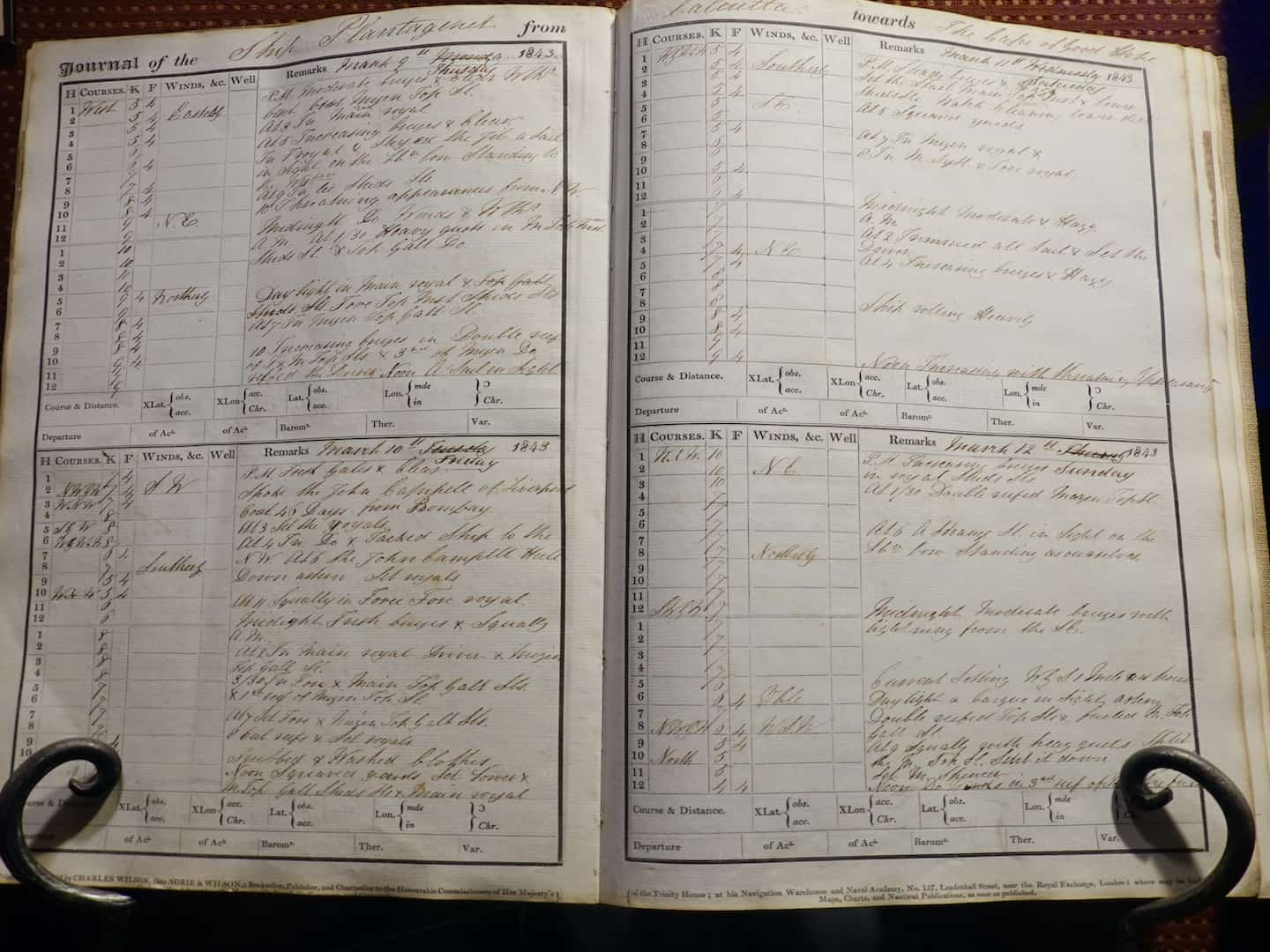
Walk through Historic St. Augustine
The historic downtown oozes charm with interesting architectural details on buildings, narrow streets, private courtyards, and gardens.
- St. George Street is a pedestrian-only avenue lined with shops, restaurants, cafes, ice cream shops, and the like.
- Aviles Street is the oldest street in the United States. Here you’ll find boutiques, art galleries, and restaurants.
- Treasury Street is just 7 feet wide and is considered the narrowest street in the United States.
- The Bridge of Lions, built in 1927, spans the Matanzas Bay along the sea wall. The large statues of marble lions at the entrance to the bridge are a great photo backdrop.
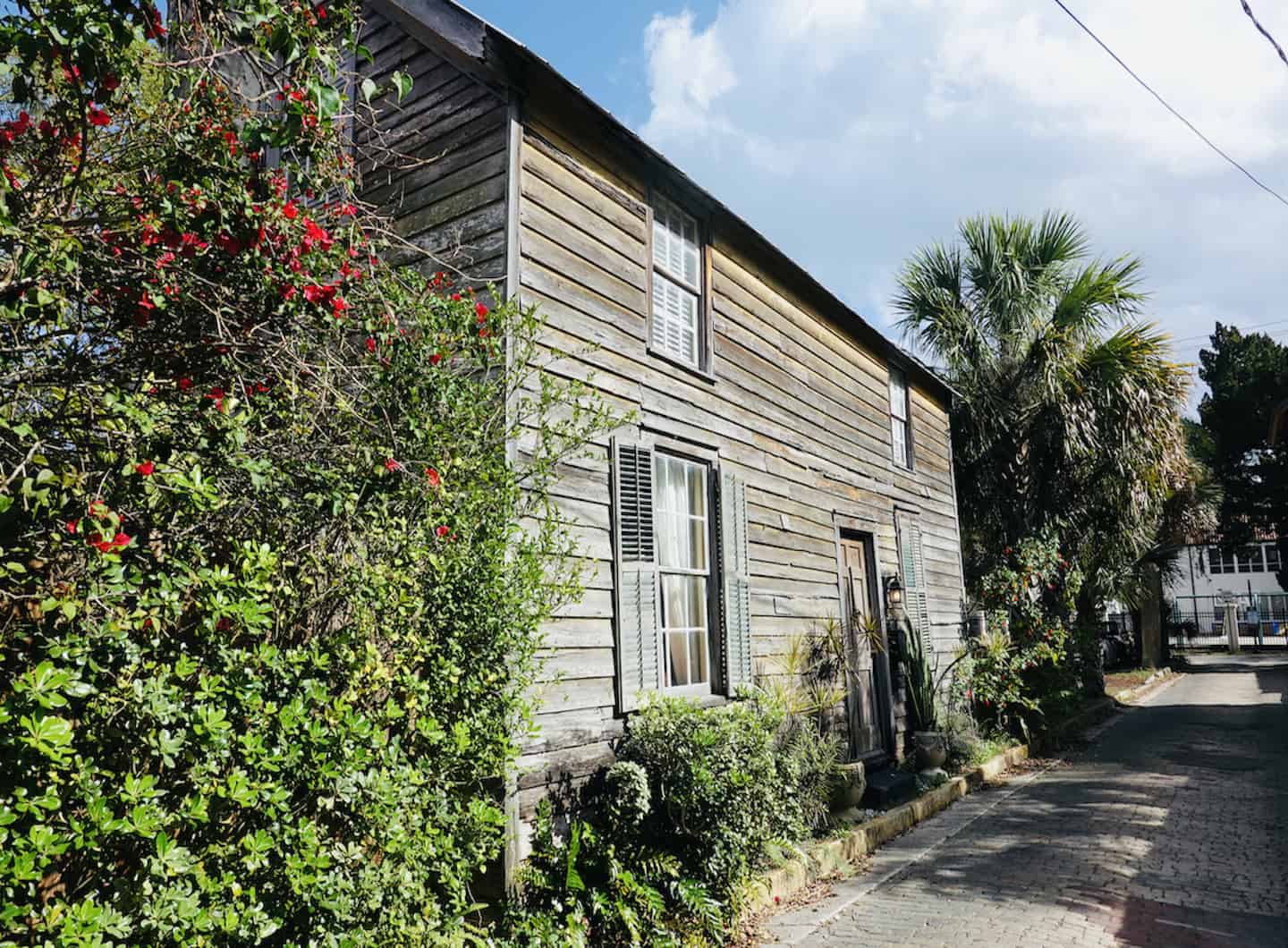
Whetstone Chocolate Factory
If you’re in this section of historic St. Augustine visiting San Sebastian Winery or St. Augustine Distillery and have a sweet tooth, consider visiting the Whetstone Chocolate Factory – a short walk from the winery and distillery. Visitors are encouraged to sign up online for a tour time slot. There are other Whetstone Chocolate shops in the area (including one on St. George Street), but this one offers a tour of their candy-making process. 139 King Street
** The following sites are located outside downtown St. Augustine and would require a car to reach them. **
Atlantic Ocean Beaches
Several popular beaches stretch along the Atlantic Ocean, including St. Augustine Beach (6 miles from downtown St. Augustine) and Crescent Beach (about 11 miles from downtown St. Augustine).
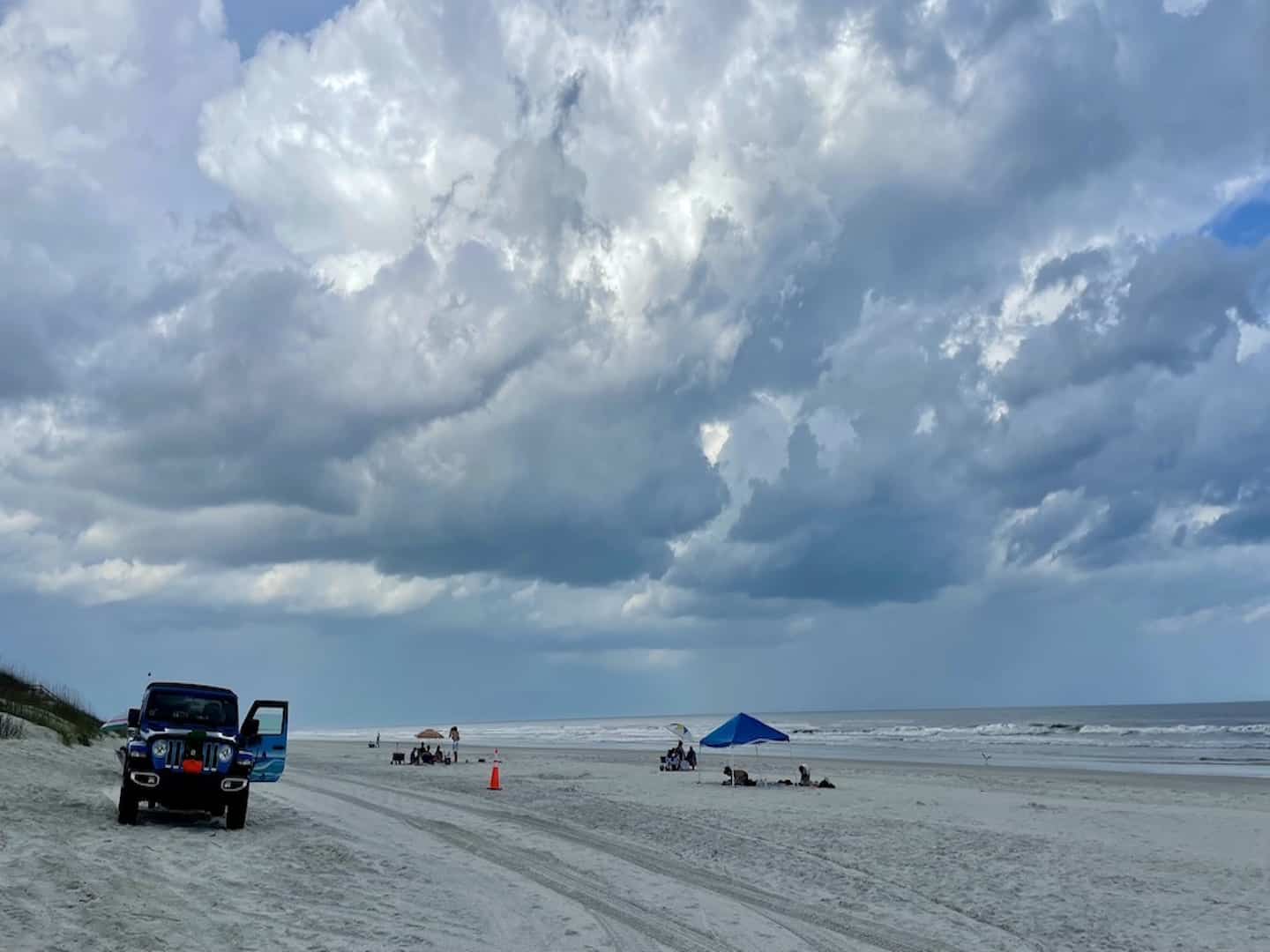
Fort Matanzas National Monument
About 15 miles south of downtown St. Augustine sits Fort Matanzas National Monument. Take a short ferry ride to a barrier island in the Matanzas River to visit Fort Matanzas. The Spanish built the fort in the mid-1700s to guard the waterway and warn of enemies traveling north towards St. Augustine. Free ferry passes are handed out at the Fort Matanzas National Monument visitor center on a first-come, first-served basis each day it’s open. No reservations are accepted in advance. At the time of publication, the ferry was operational Wednesdays through Sundays. 8635 Route A1A South
St. Augustine Lighthouse and Maritime Museum
About 2 miles from downtown St. Augustine stands the St. Augustine Lighthouse. Walk up the 219 steps of the St. Augustine Lighthouse to take in magnificent views of St. Augustine, plus learn about Coast Guard history. A wooden lighthouse stood here in the 1500s, but what you see today was built in 1874. Also on the grounds are artifacts from shipwrecks and a boat-building area where boatwrights continue the craft of creating wooden boats. Lightkeeper tours and special events are available. The lighthouse is located a couple of miles from downtown. 81 Lighthouse Drive
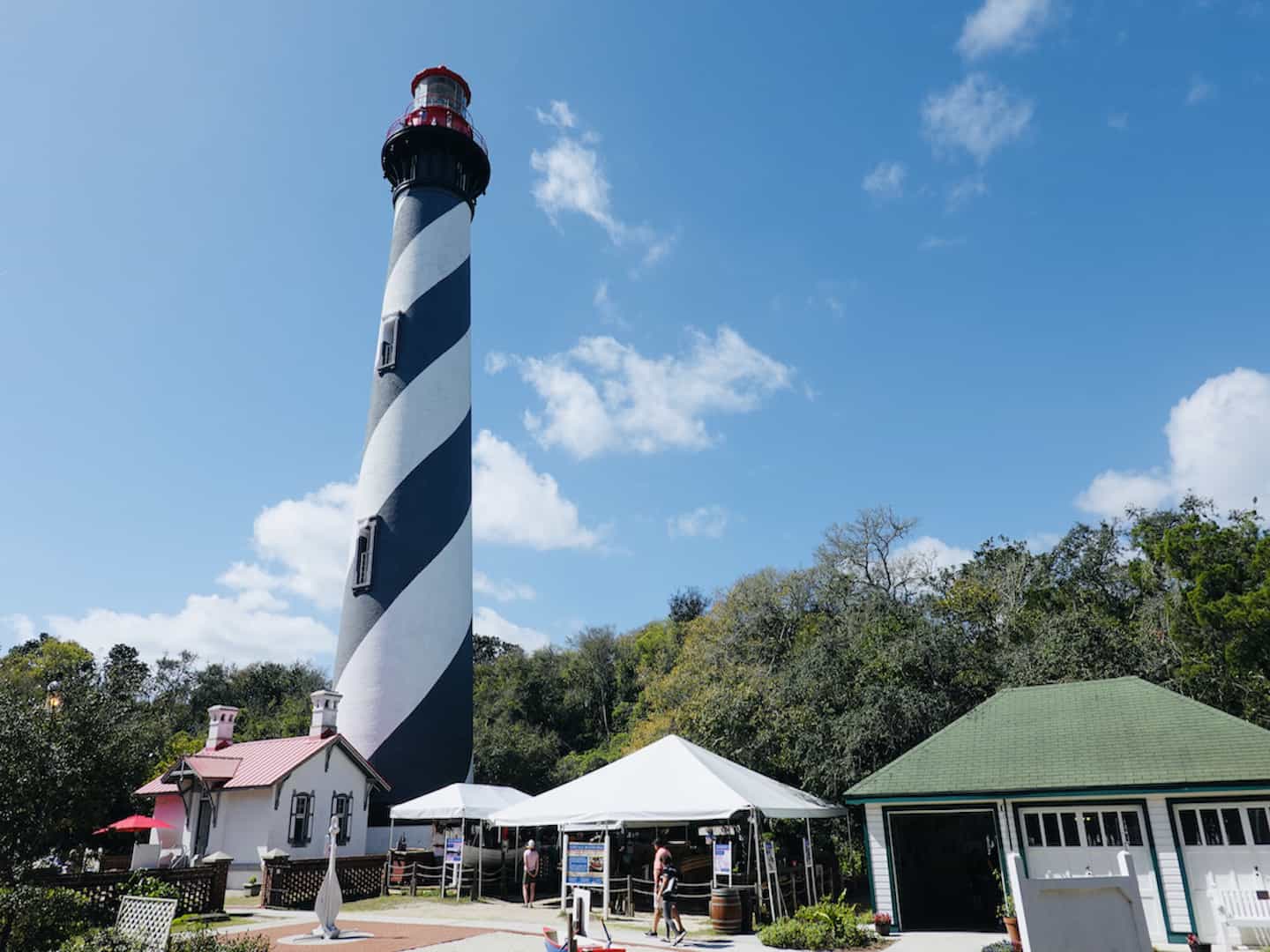
How to Get To and Around St. Augustine
St. Augustine is about 40 miles from Jacksonville, about 55 miles from Daytona Beach, and about 110 miles from Orlando. Each city has an airport, making it an easy drive in a rental car. (We flew into Jacksonville, rented a car, and drove to St. Augustine. Along the way, we stopped at the World Golf Hall of Fame — just north of St. Augustine.)
Great news! The historic downtown area of St. Augustine is entirely walkable. If you want to preserve your energy while visiting in warm weather, you may want to consider the Old Town Trolley, a hop-on, hop-off transportation option. It has 22 stops and can easily help you visit everything on your must-see list, and it can save you time getting from place to place.
Where to Stay in St. Augustine
I tend to do a lot of online research before choosing lodging for our trips. What quickly came to the top of my wish list was Bayfront Marin House, located within walking distance of the historical St.Augustine downtown. This charming property offers several different guest room options, delicious homemade complimentary breakfasts, evening Happy Hour for guests, and a helpful and cordial staff.
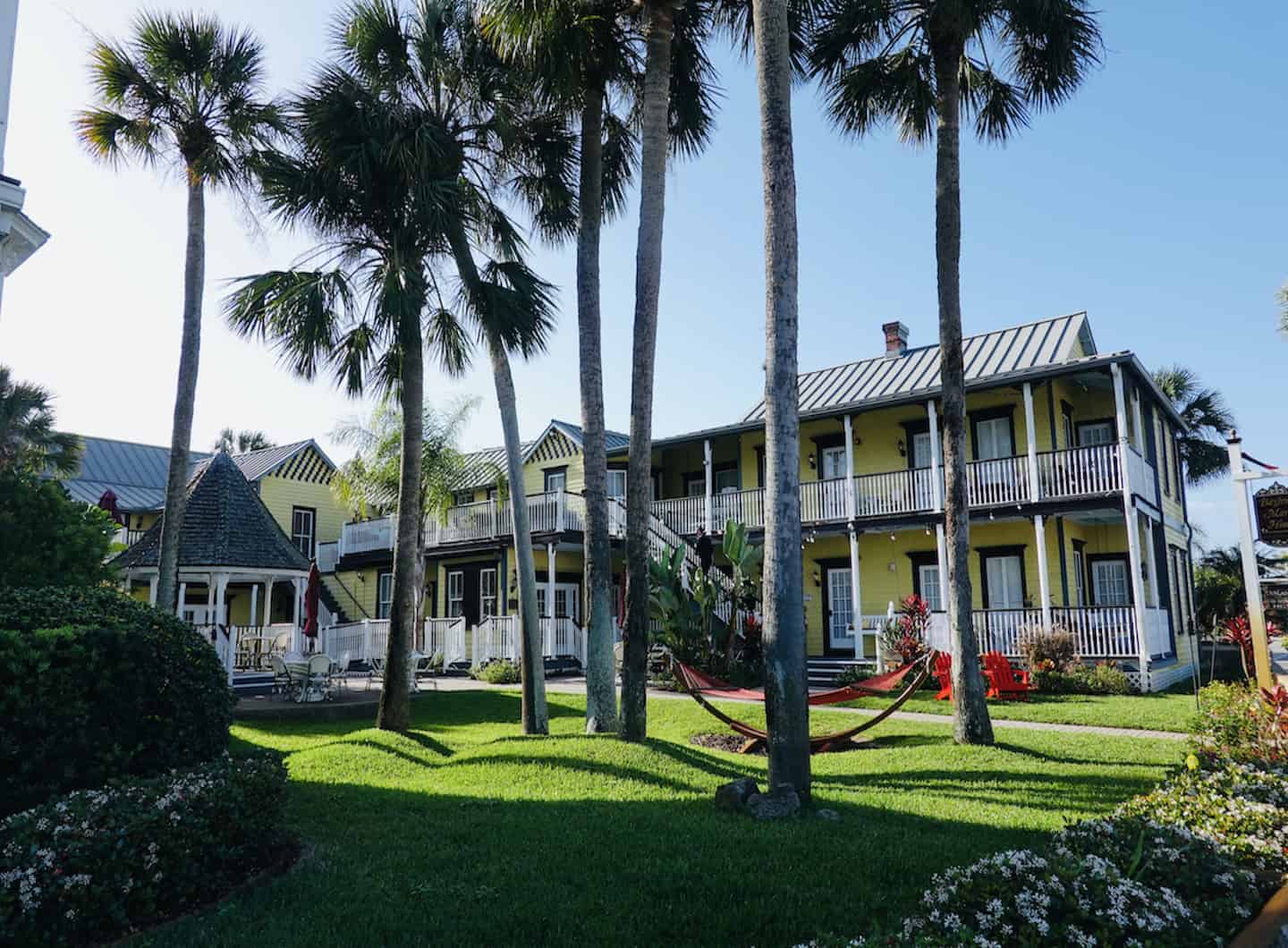
Where to Eat in St. Augustine
I highly recommend several restaurants where my husband and I enjoyed leisurely dinners. They are Catch 27 (a casual spot with outdoor dining and yummy fish tacos), Old City House Restaurant (delicious dinner in a cozy setting), and Collage (another delicious dining option that’s also a bit of a splurge). It’s best to make your reservations ahead of time.
Other places in the historic downtown for a nice casual lunch or dinner are A1A Ale Works, Auggie’s (with a beer wall that dispenses a wide variety of brews), St. Augustine Seafood Company, The Floridian, and O.C. White’s.
As mentioned, I highly recommend lunching one day at Cafe Alcazar, inside the Lightner Museum. The cafe is actually in the deep end of what was once the massive indoor swimming pool as part of the spa here. One of the most popular dishes is the delicious curried chicken sandwich.
Brief History of St. Augustine
The east coast of Florida, near St. Augustine, was a strategic location for major European powers of the 16th century (Spain, England, France) seeking treasures in the northern area of South America and the Caribbean. This region was part of the Gulf Stream in the Atlantic Ocean, which made it a prime sailing channel. Throughout its history, men who meant to claim this area for themselves played pivotal roles in shaping St. Augustine into what it is today.
The First Spanish Era
Spanish explorer Juan Ponce de León first came to the eastern coast of Florida in April 1513. He named this area La Florida for the Festival of Flowers, a nod to the Easter season back home in his native land. In 1565, explorer and conquistador Pedro Menéndez de Avilés, sent by King Philip II of Spain, arrived with about 700 soldiers and settlers wanting to form new lives here. It was Menéndez de Avilés who founded St. Augustine.
The Spanish built a series of wooden forts and watchtowers before building the massive coquina stone fort, Castillo de San Marcos, in the late 1600s. That’s definitely worth a visit.
The British Era
The British tried to take over the fort twice in the first half of the 1700s but were unsuccessful. Instead, they burned the city. However, the British later took control of Florida in 1763 as part of the treaty concluding the French and Indian War; many Spanish then moved to Cuba. To bolster the labor supply (reduced due to the Spanish leaving), the British attracted people from the Mediterranean, called the Minorcans, who worked as indentured servants. The Minorcans left their own stamp on the culture, food, and history of St. Augustine.
The Second Spanish Era
Later, in 1783, the land returned to Spanish hands as part of the treaty ending the American Revolutionary War. The Spanish influence here declined during this time, though, due to military conflicts in Spain.
The United States
In 1821, the Spanish once again relinquished Florida – this time to the Americans. Florida became a U.S. state in 1845, adding the 27th star to Old Glory, the American flag.
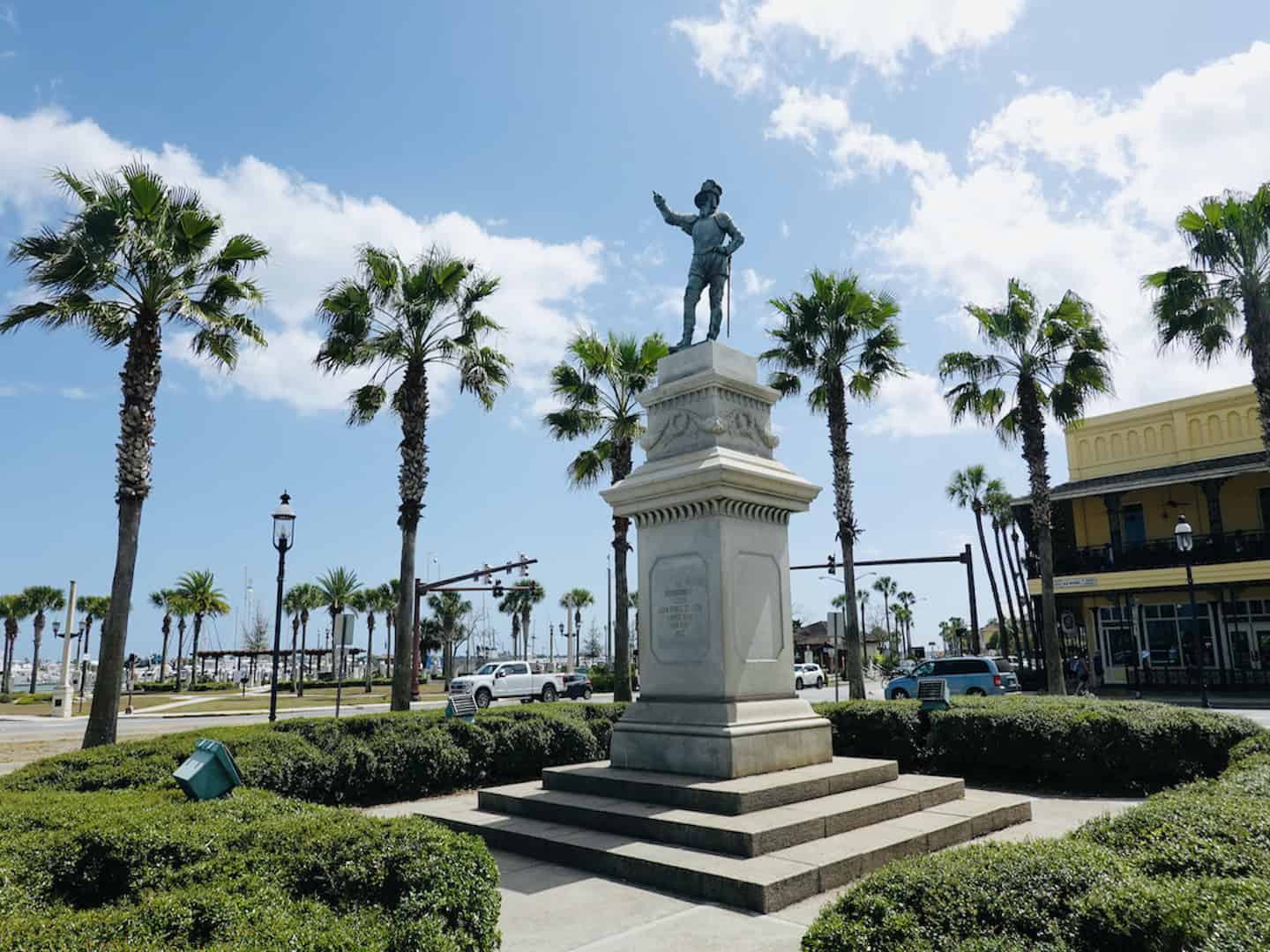
The Henry Flagler Era
Henry Flagler was a wealthy American industrialist who partnered with John D. Rockefeller to create the Standard Oil Company, a precursor to Exxon-Mobil. Mr. Flagler visited St. Augustine in 1883 and saw the potential to develop the area.
In subsequent years, Mr. Flagler built two opulent hotels: the Hotel Ponce de León and, across the street, the Alcazar Hotel with a spa, large indoor swimming pool, and a bowling alley. The Hotel Ponce de León was created to attract those coming from “old money.” The Alcazar Hotel’s facilities were open to the public and became a popular recreational site.
Mr. Flagler sought to lure wealthy Northerners to Florida’s mild climate in the winter for a few months of sunshine and warmth. In addition, he created a railroad system to carry passengers south through Florida to newly built resort hotels being built there. Eventually, demand for use of these two properties waned with the changing tastes of the day, the dawn of World War I, and economic challenges.
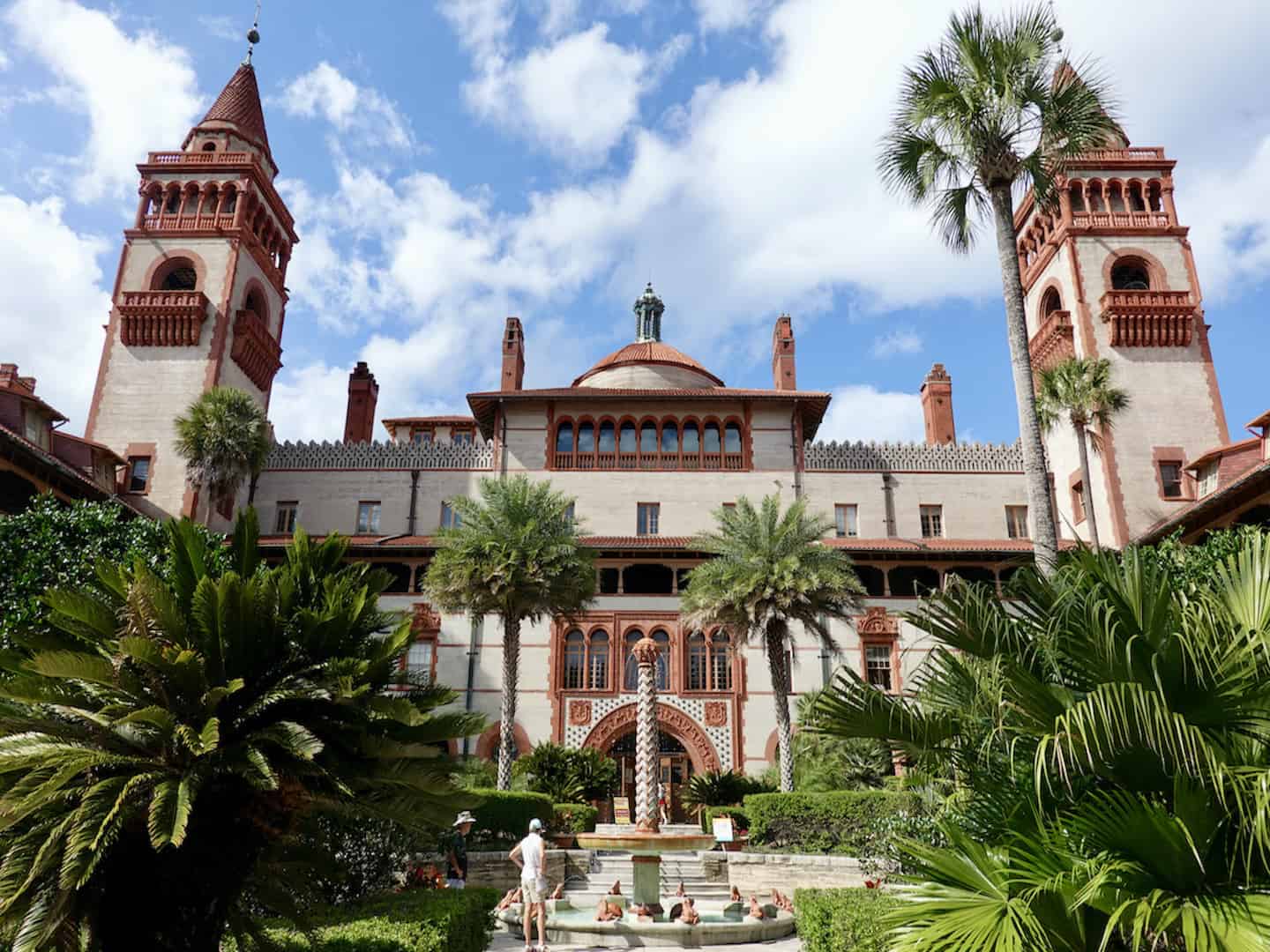
In 1947, the Alcazar Hotel became the Lightner Museum, a popular attraction today with its unique collections.
In 1967, the Hotel Ponce deLeón was reborn as Flagler College. Today you can take a historical tour of the college that will give you an interesting overview of its history and Henry Flagler’s role in the city’s history.
What is Coquina?
Many of the oldest structures in St. Augustine are built of coquina, a sedimentary rock composed mostly of seashells. Coquina is plentiful along the eastern coast of Florida and was used in building some of the structures that still stand today, including some homes, the Old City Gate, and the massive Castillo de San Marcos. In fact, the fort withstood bombardments because its coquina stone walls absorbed the impact of enemy cannonballs.
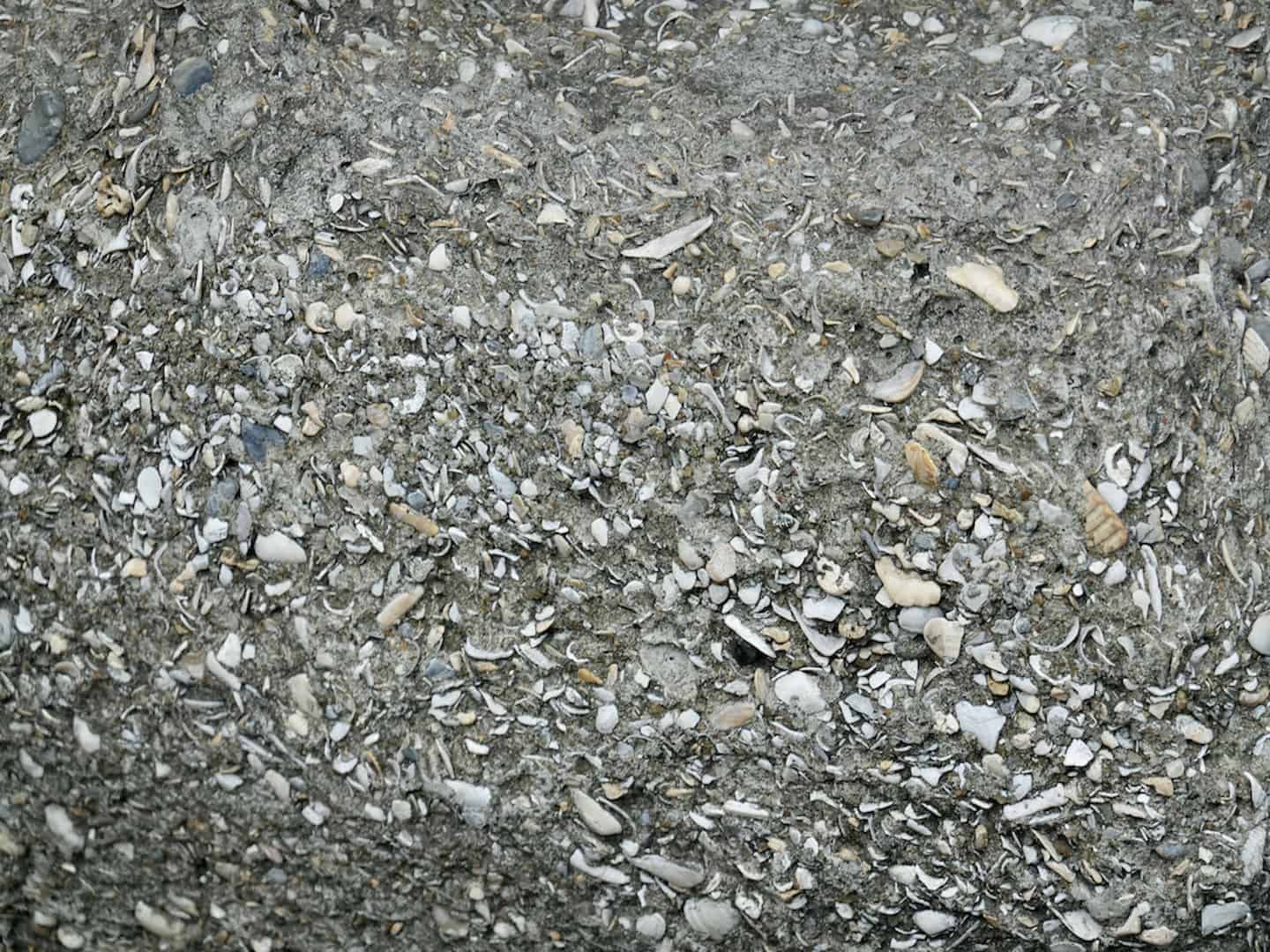
Map of St. Augustine Highlights
Related Articles
Articles about Florida
Florida has a lot to offer vacationers. St. Augustine has an interesting history that pre-dates the founding of the United States. Further south are the Gulf Coast areas of Marco Island, the Everglades, Fort Myers, Sanibel Island, and Captiva Island. Read my detailed guides to:
Trip Planning Articles
- Best Apps and Websites for Savvy Travelers
- Best Tips for Planning a Road Trip
- How to Find the Perfect Vacation Home Rentals
- Travel Lightly: Packing Tips for Your Next Trip
- Travel Planning Timeline
Final Thoughts
St. Augustine is such a delight to visit. There’s so much history here, of course, but there are also scenic sights, nearby beaches, welcoming folks, and delicious food. My husband and I packed a lot in on our visit, and we are glad that we did because there’s so much of the country’s history that is represented here. Plus it’s a vibrant place with dining and shopping options to please just about everyone who visits.
St. Augustine Highlights
My favorite experiences were the historical tour of Flagler College, a morning visit to Lightner Museum followed by lunch at Cafe Alcazar, a tour of the Gonzalez-Alvarez House (The Oldest House), St. Augustine Lighthouse and Maritime Museum, the Castillo de San Marcos National Monument (fort), and simply strolling the centuries-old streets.
Comments?
Feel free to leave a comment with your suggestions about visiting St. Augustine or nearby communities. Your ideas could help other travelers. Thanks! 🙂

